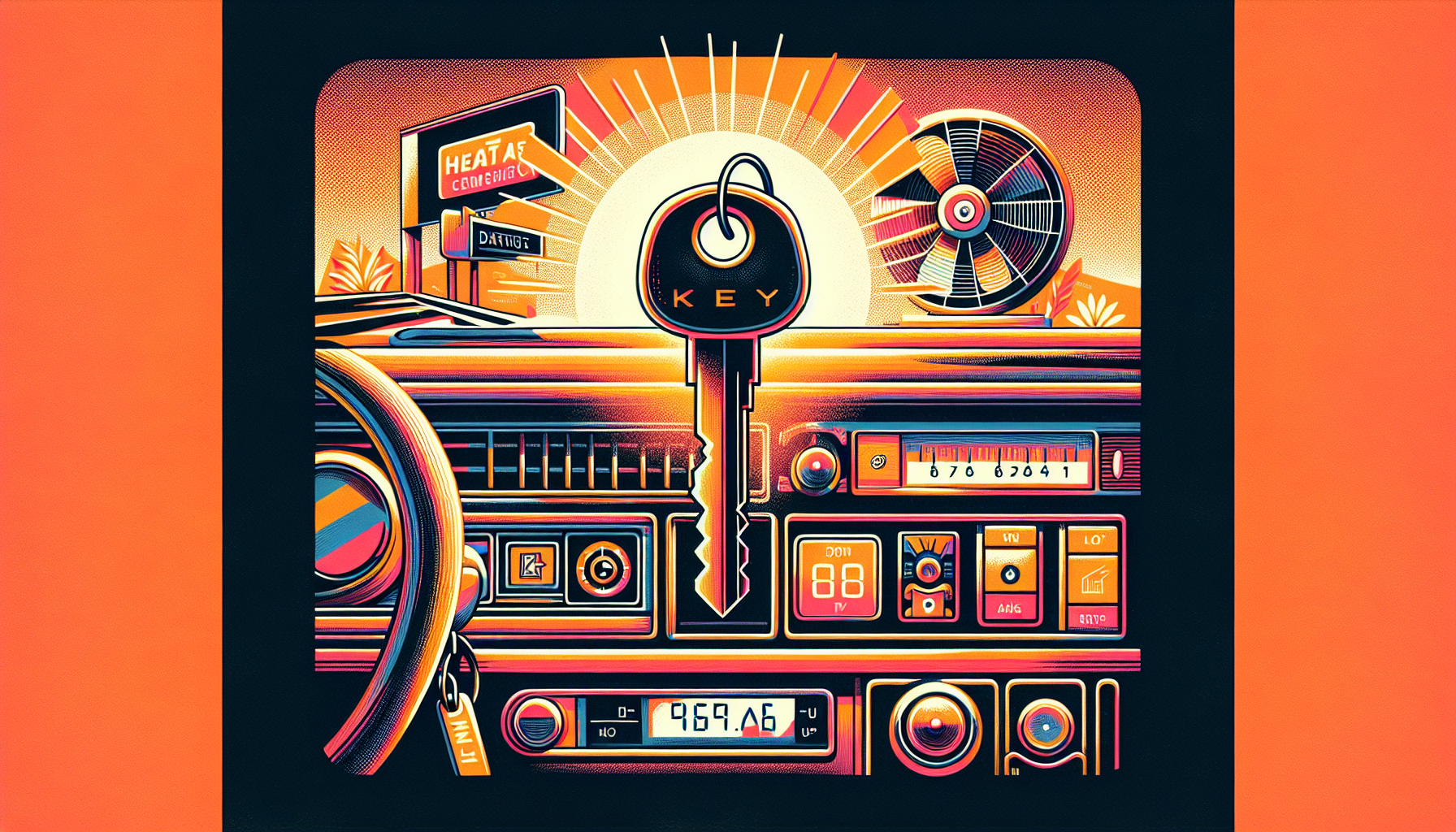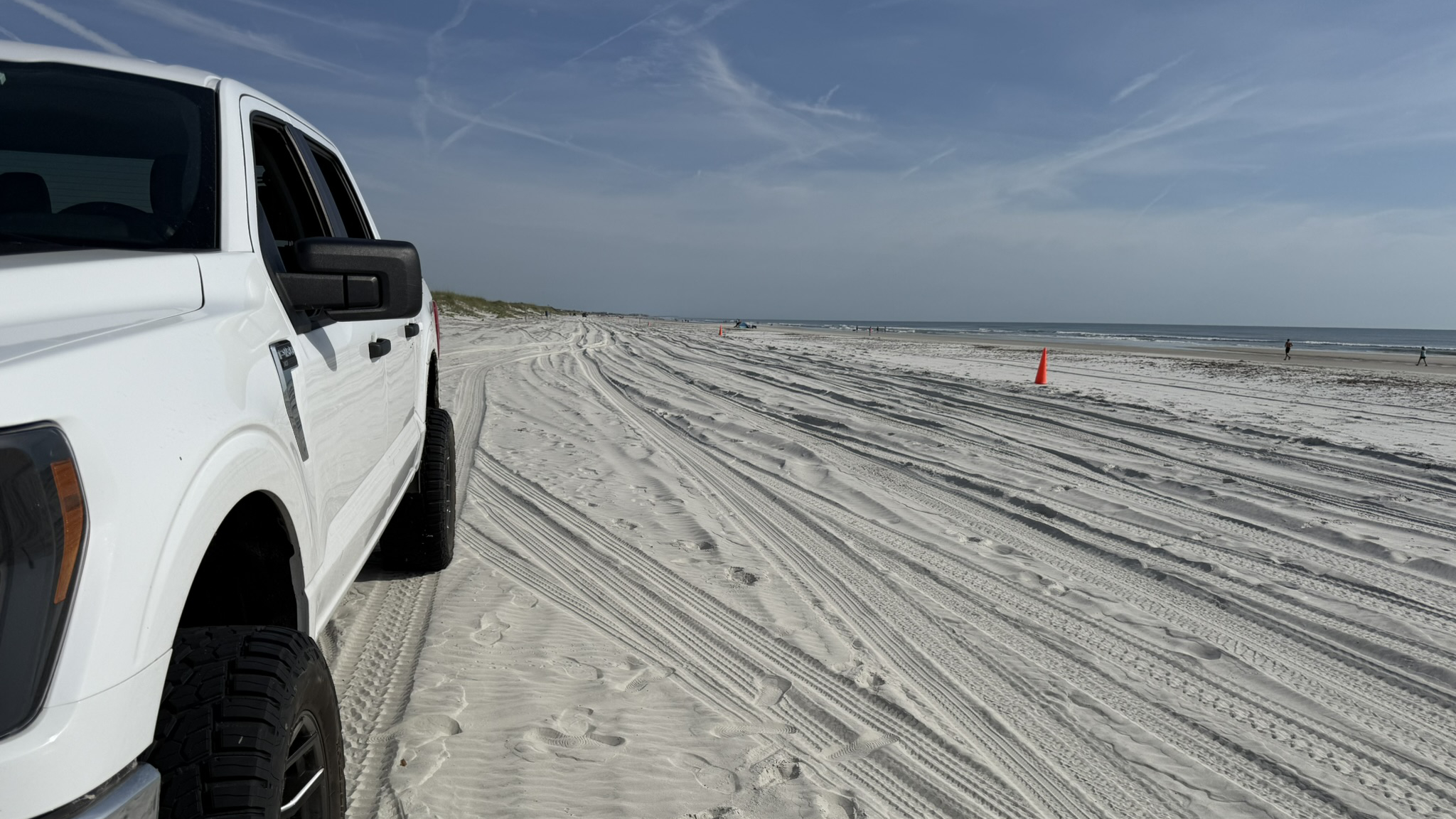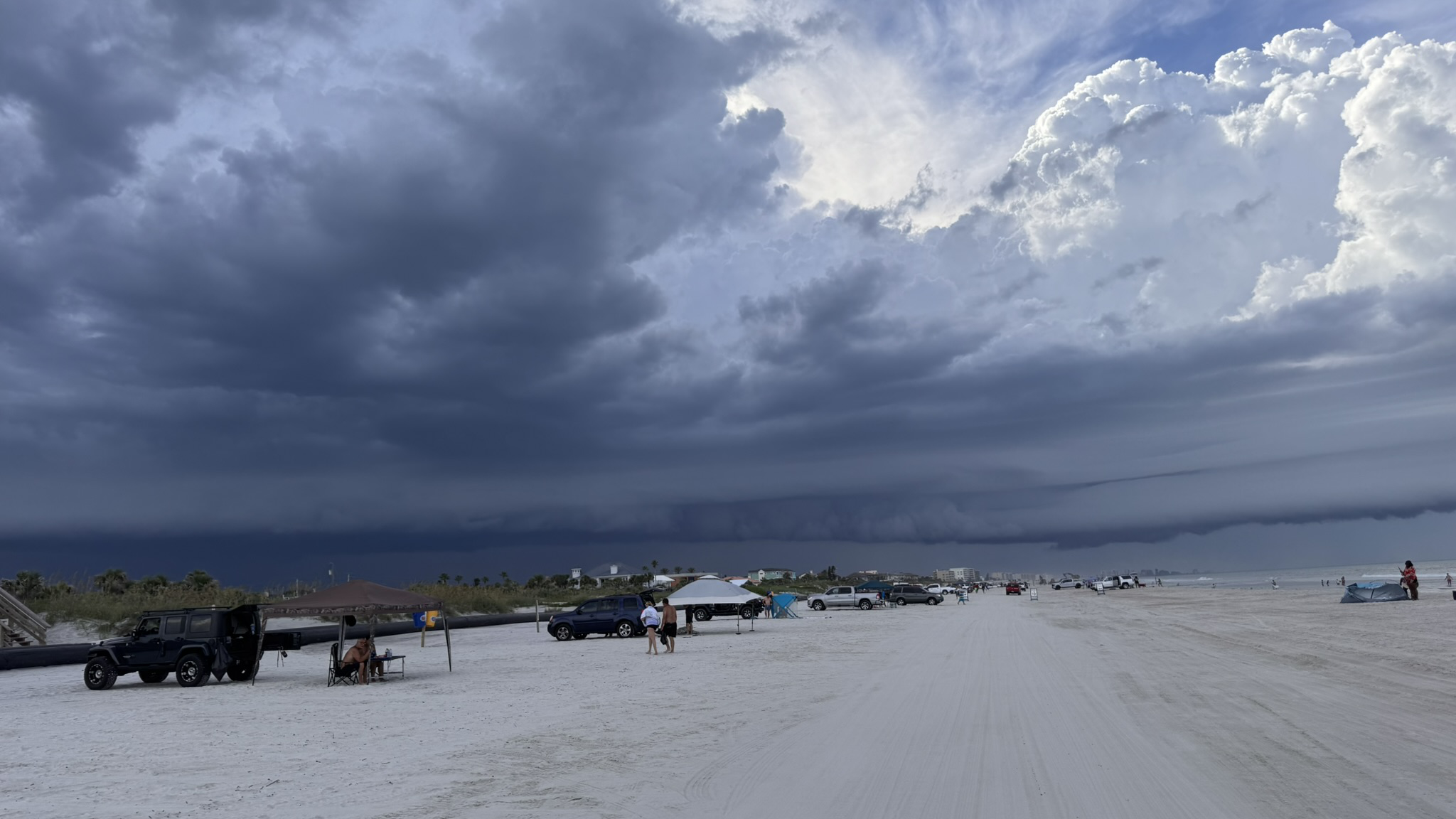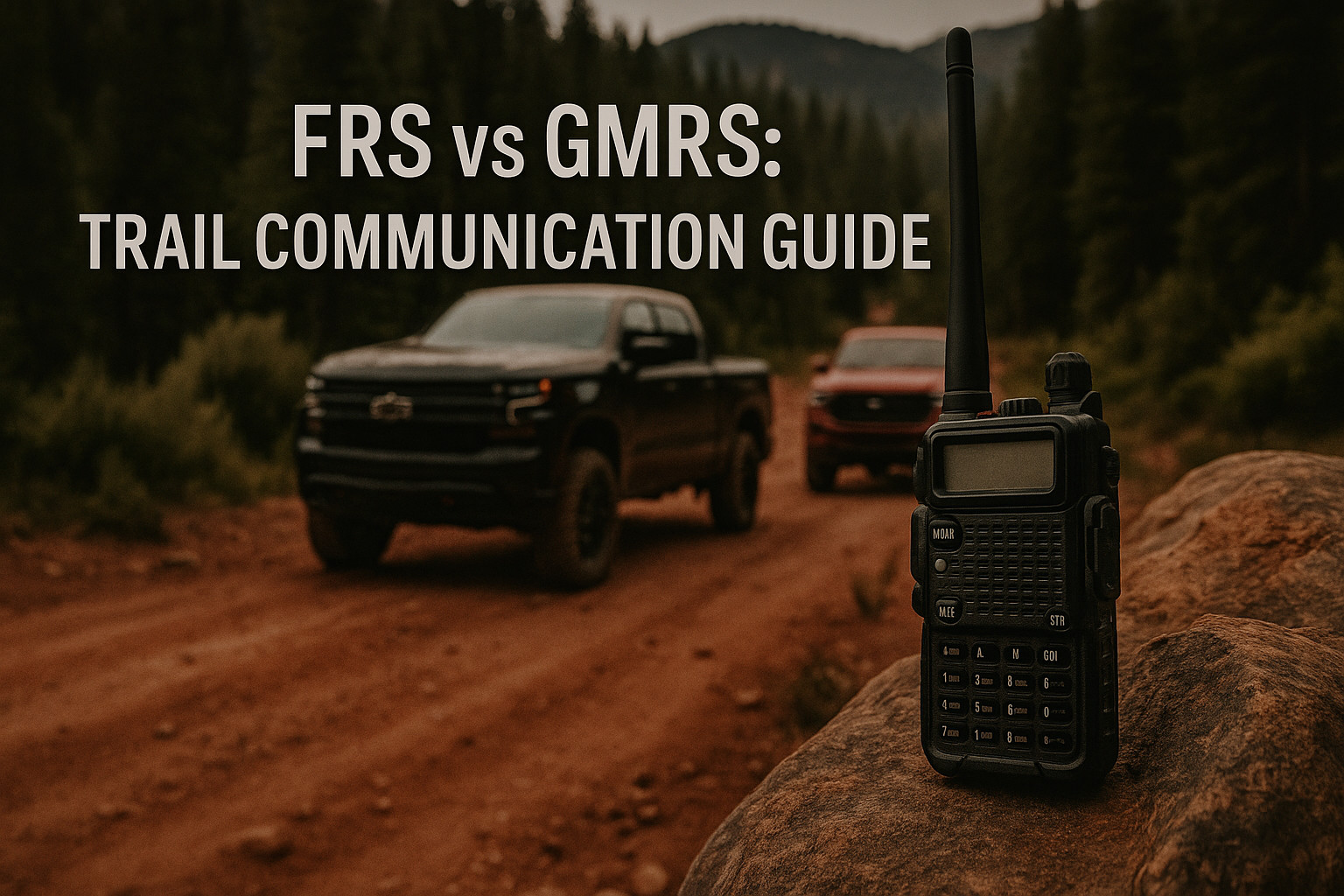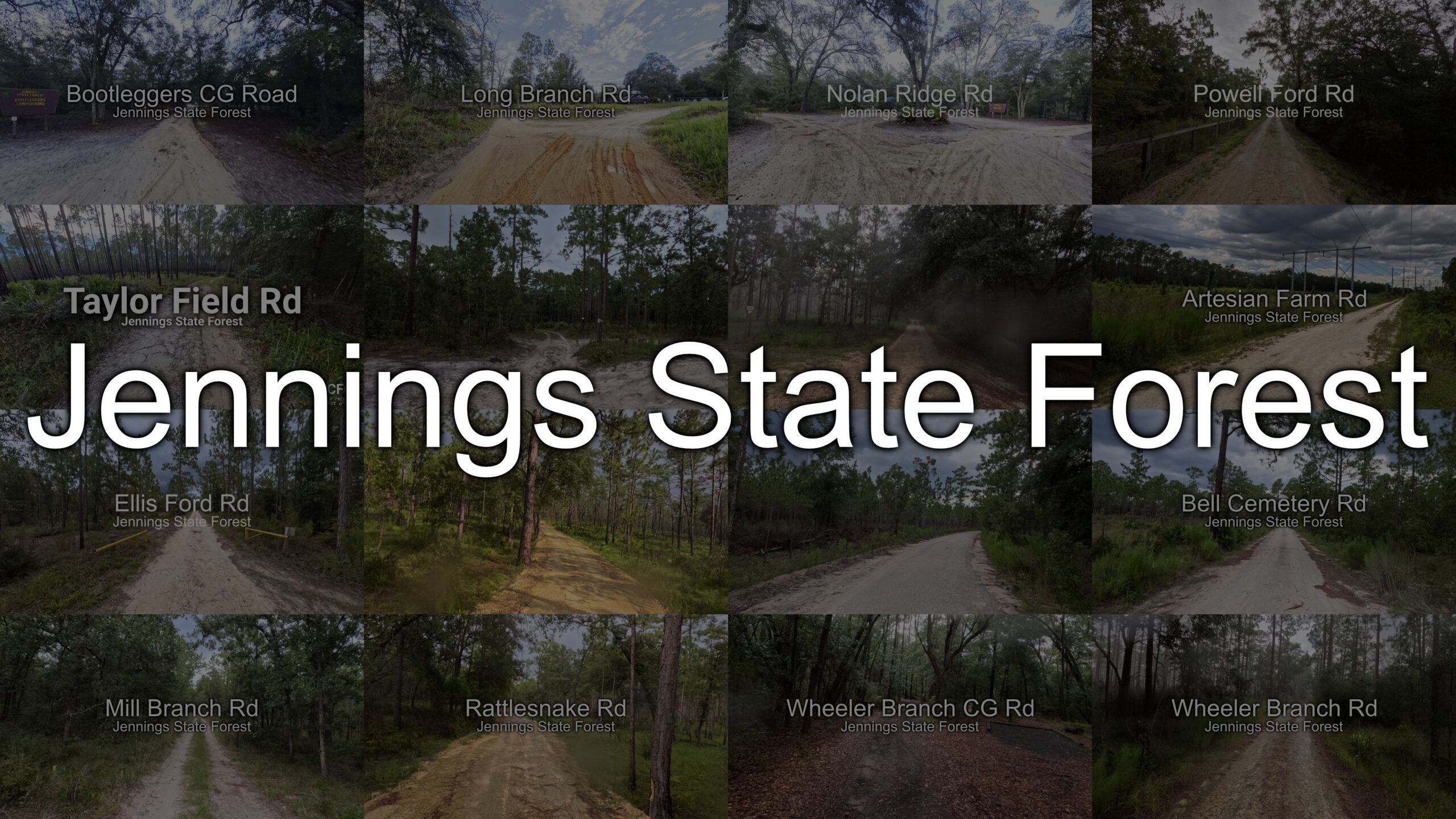Late Afternoon
The key is warm in my palm from being tucked in my pocket. When I turn it, the dash blinks orange and the fan makes that steady, low hum. The radio fumbles for a station and then settles on something soft; the sound sits low, like a conversation we’re not quite joining. My jacket rubs against the vinyl seat. He clicks the seatbelt across my hip — the metal makes a clean, familiar click — and sunlight slips through the windshield, wide and low, gilding dust motes that drift when I glance down. It smells faintly of his cologne, the coffee from earlier, and a trace of wet asphalt from a drizzle that has already dried into the road.
The Road
We don’t say where we’re going. The map on my phone lies face-down on the passenger seat. Turn signals tick like a metronome as we ease out of the driveway. Tires whisper against pavement; that close, steady sound steadies my breath. He hums under his breath to a song I don’t know. I try the chorus once, then let the quiet settle back in. Sometimes we talk about small things — the cat sleeping in the laundry basket, a lightbulb that needs replacing, a joke from the morning — and sometimes the car carries the space between words for us.
The city thins into long blocks of houses, then a strip of trees and an empty lot with a single lamppost. Cool air slips in when we crack the window and flutters the hem of my sleeve. I notice the rhythm of his hands on the wheel, the slight releasing of tension when he relaxes. When we pass the bakery, a warm smell of yeast and sugar finds us like it’s been waiting on the corner. He points it out as if he discovered it anew and I laugh quietly because of course he would notice the smell before I would.
He reaches over sometimes, not to steer but to find my hand. His thumb rests along the edge of my palm; it’s warm and steady, a small anchor. The car hums beneath us — a thread of vibration through the floorboards that matches our breathing. At a four-way stop we fall into a practiced rhythm: signal, check the mirror, a small nod, then go. We pass a park where kids kick a ball, a dog barks twice, and the radio flicks to another song with a soft burst of static. Neither of us turns the dial. We listen for a moment, then let the silence come back.
Traffic Light and the Pause
At a red light the engine idles and the temperature gauge sits steady. He turns slightly to ask if I remembered to call the dentist and I tell him I will, or already did, and his mouth quirks into that patient, amused expression he gets. Outside, someone walks by with a bag of groceries; the paper rustles like dry leaves. When the light shifts to green, we move without hurry, an unspoken agreement to go until we want to stop.
We stop once on a hill that overlooks the river. The sky is a pale strip of blue and the sun slants low. We put the windows down and the air comes in smelling of river mud and cut grass. He tucks hair behind my ear when the wind keeps tugging it, and I press my forehead against his shoulder for a second to hold the small, quiet feeling of being there. Someone below is skipping stones; the soft clacks are almost musical. We sit until our legs go numb and the light shifts, then we turn the car back toward home.
Small Rituals
On the way back we pass the places we like to watch for: the bakery’s empty lot, the crooked mailbox, the man who stands on the corner with a dog that looks at everyone like a judge. He hums a new tune, quieter this time. I watch him through the mirror, the angle catching the soft line of his jaw; he doesn’t know I’m watching. A breeze moves through the open window and coolness lifts at my wrist, tiny gooseflesh where the sun hasn’t reached.
We pull into the driveway almost by memory. He cuts the engine and the sudden silence feels loud for a second: the cooling tick of metal, the fan winding down. The car holds the scent of our afternoon — fabric seats, an old receipt stuck near the glove compartment, a faint sweetness from the bakery. He reaches for the handle, pauses, and our hands meet again for a second before we step out.
We climb the porch steps in a familiar shuffle, keys shifting in pockets with the thought of dinner or a show or nothing at all. The house smells the way it always does — a faint detergent, the quiet green of the plants on the sill — and we move through the rooms as if we’d left them only an hour earlier. Shoes go by the door, jackets on the same hook. The evening settles around us and the small sounds of home — a kettle breathing, a clock ticking, a distant car — fill the spaces the drive left behind.
We didn’t need a destination. We only needed to move together, to feel the car breathe beneath us, to watch the light change and let our hands find each other in the ordinary. And so…
